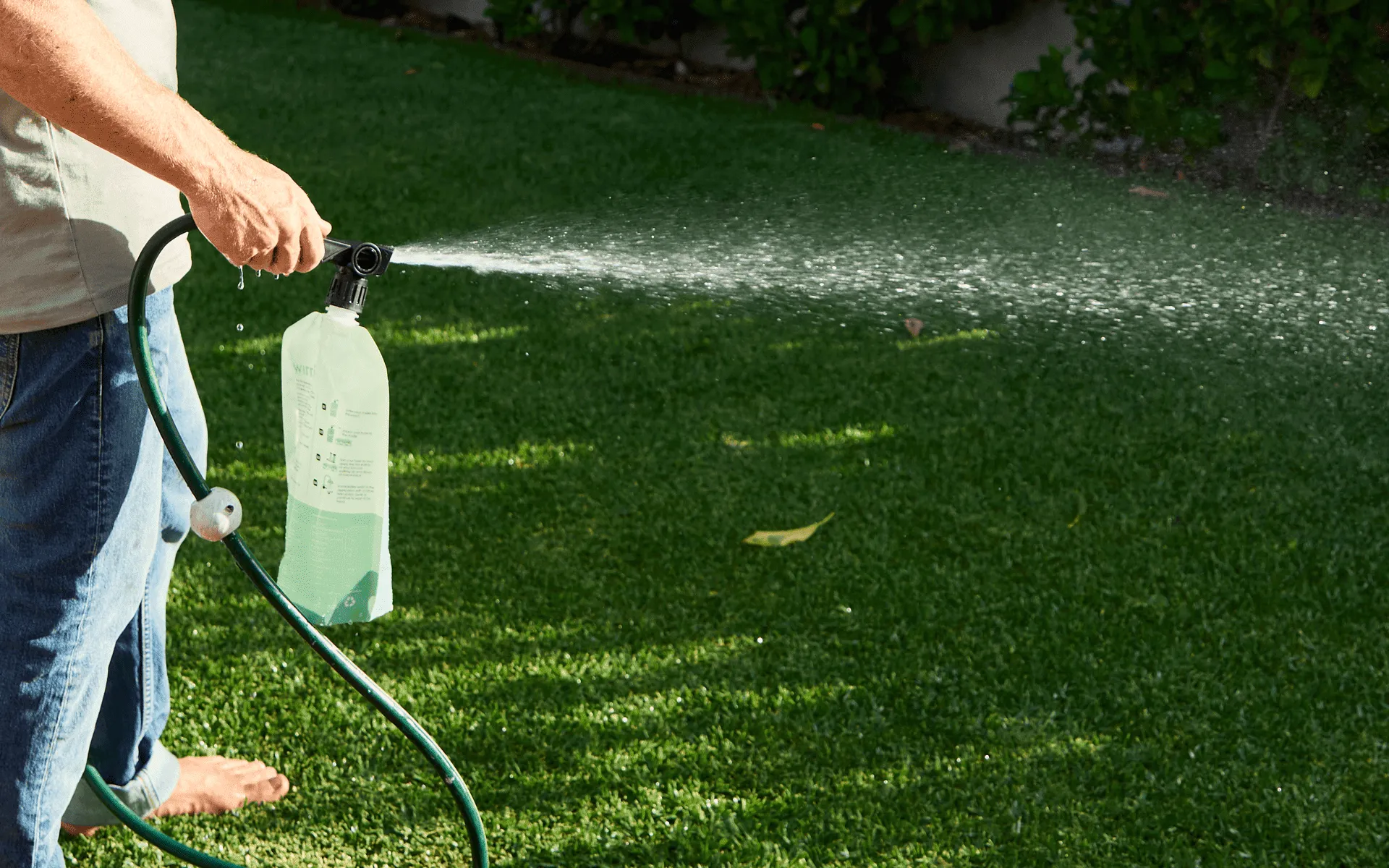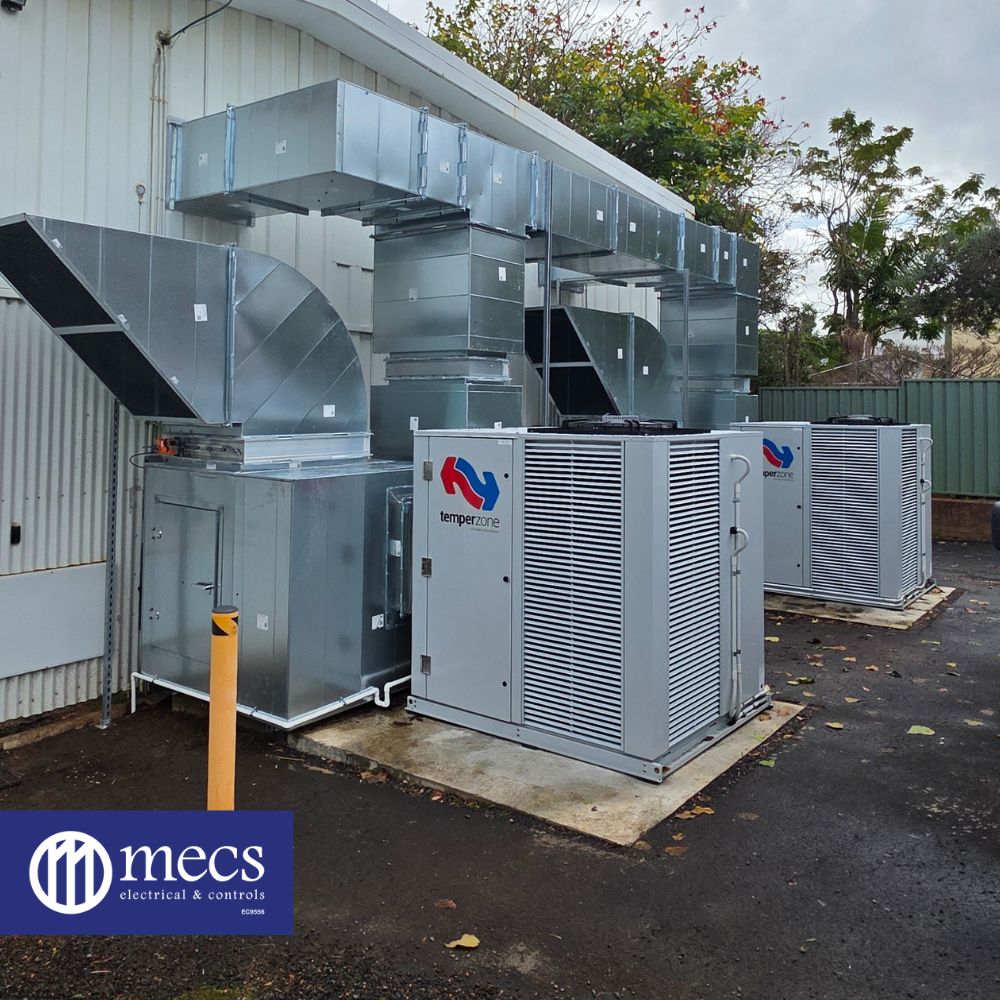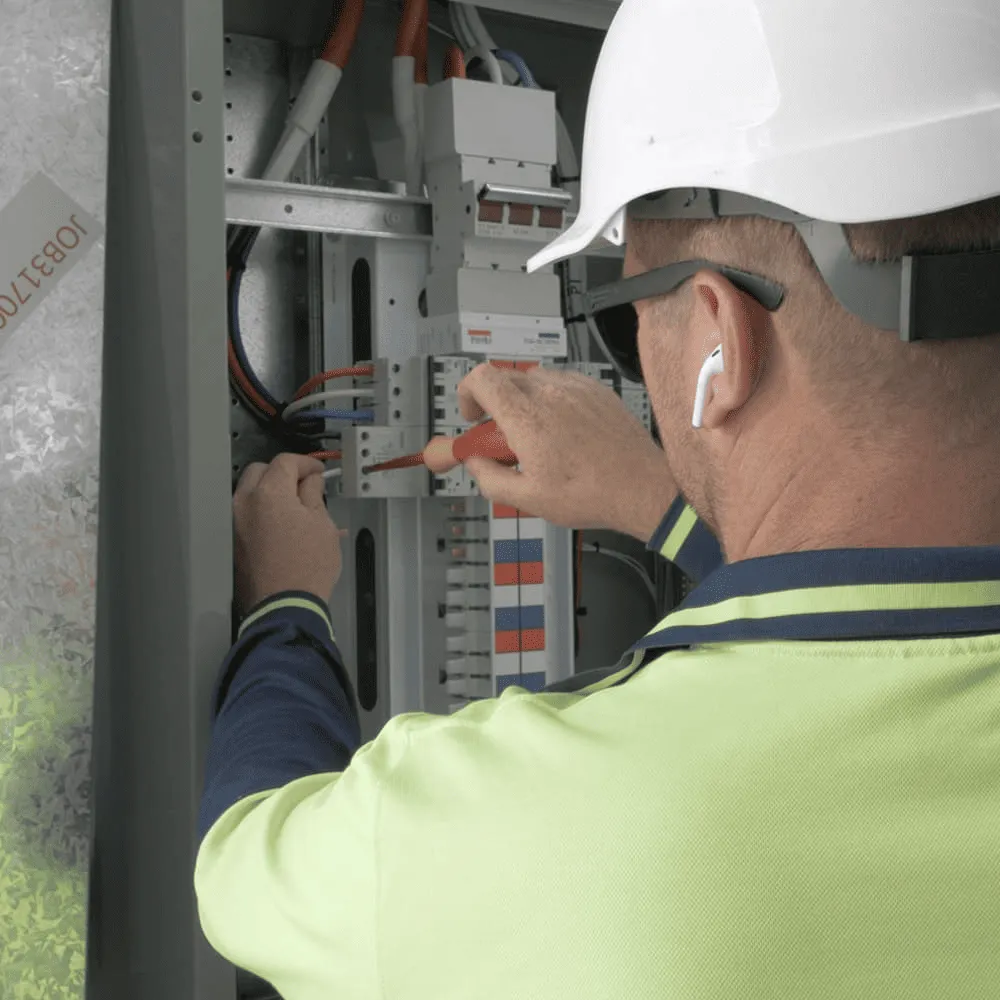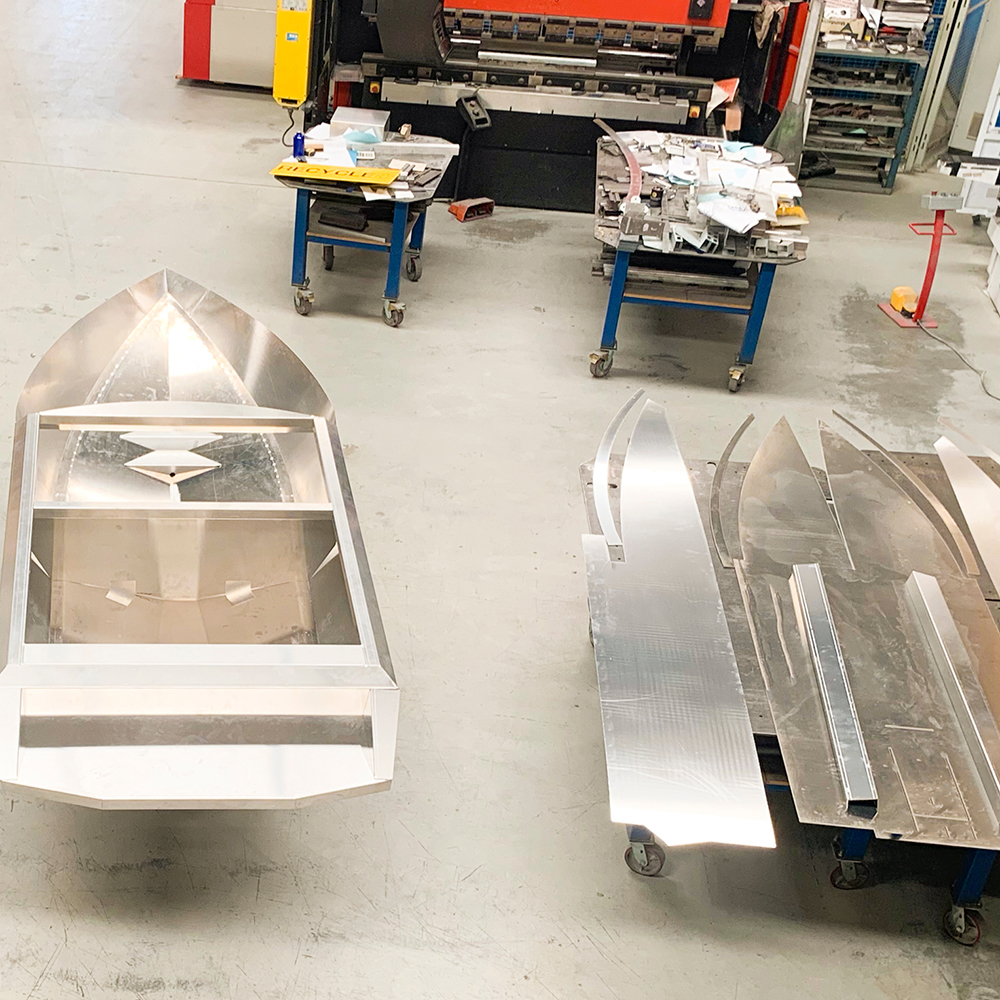
Mini jet boats have surged in popularity, offering thrill-seekers the perfect blend of speed, agility, and adventure. Whether you’re navigating shallow rivers, exploring hidden waterways, or simply enjoying a weekend of high-powered fun, the right hull can make all the difference. But with various hull designs and configurations available, how do you choose the best one for your needs?
Understanding Hull Types
The hull is the foundation of any boat, determining its performance, handling, and durability. Mini jet boats generally fall into three main categories:
Flat-Bottom Hulls
Flat-bottom hulls are ideal for shallow waters. They offer superior lift and planing ability, making them well-suited for river running. These hulls provide excellent speed and efficiency but can be less stable in choppy conditions. If your main priority is navigating skinny waters and avoiding obstacles, a flat-bottom hull may be your best bet.
Pros:
- Best for shallow water and rocky environments
- High-speed performance due to reduced drag
- Easy to manoeuvre in tight spaces
Cons:
- Less stability in rough water
- Can be prone to sliding in sharp turns
V-Bottom Hulls
V-bottom hulls (or deep-V hulls) are designed for improved handling and stability, making them ideal for choppy lakes, coastal areas, and deeper rivers. The sharp angle cuts through waves, providing a smoother ride. These hulls excel in rough conditions but may struggle in extremely shallow water.
Pros:
- Handles rough water well
- Provides a smoother ride at high speeds
- Better cornering ability
Cons:
- Less suitable for very shallow waters
- Slightly more drag, affecting top speed
Modified-V Hulls
A modified-V hull offers a balance between the two designs. It provides better stability than a flat-bottom hull while still maintaining some shallow-water capability. Many mini jet boat enthusiasts prefer this option because it offers versatility across different conditions.
Pros:
- Versatile across various water conditions
- More stability than a flat-bottom hull
- Better manoeuvrability than a deep-V hull
Cons:
- May not perform as well as a deep-V hull in rough water
- Not as fast as a pure flat-bottom hull in shallow water
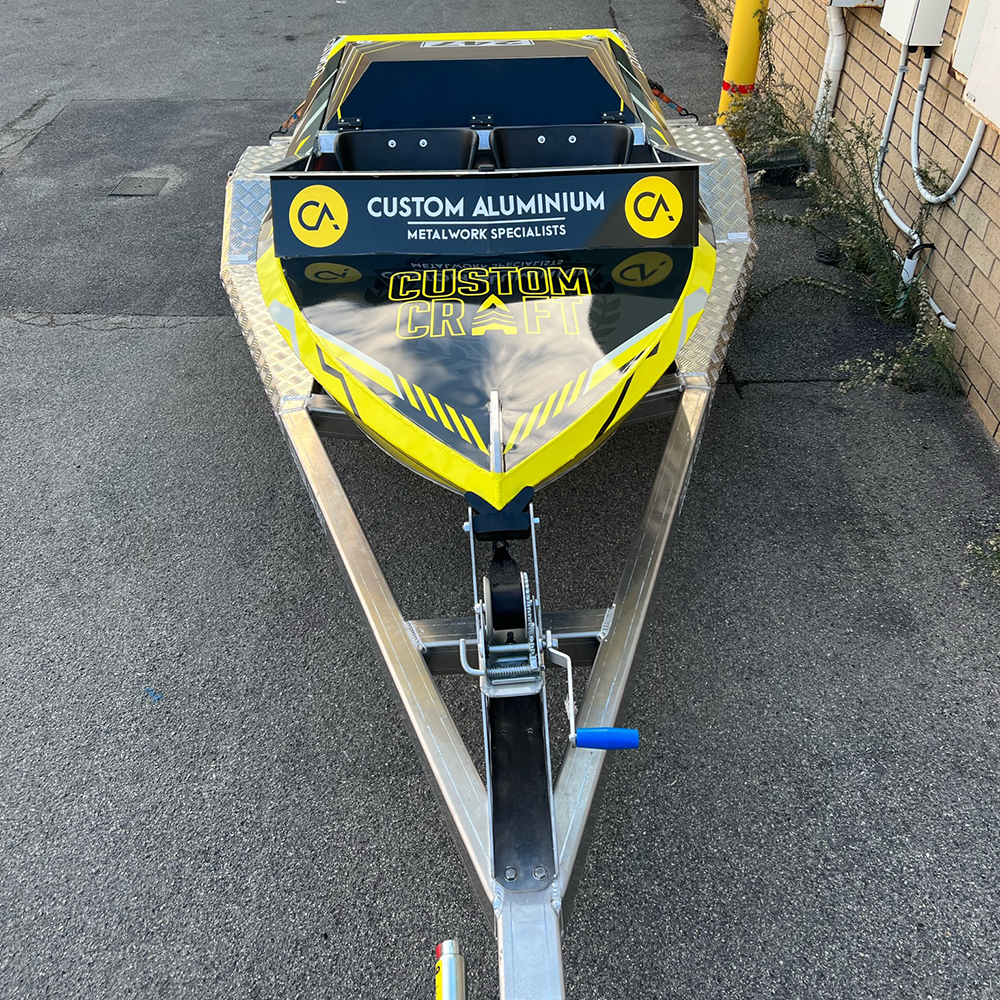
Choosing the Right Hull Material
When selecting a mini jet boat hull, the material plays a crucial role in durability, performance, and maintenance requirements. The two most common materials are aluminium and fibreglass.
Aluminium Hulls
Aluminium is the most popular choice for mini jet boats, known for its strength and impact resistance. It’s ideal for those who frequently encounter rocks, logs, and other obstacles.
Advantages:
- Extremely durable and resistant to impact
- Lightweight yet strong
- Requires minimal maintenance
Disadvantages:
- Can be noisier on the water
- Repairs can be more challenging if damage occurs
Fibreglass Hulls
Fibreglass hulls offer a smoother and more refined finish, often chosen for performance and aesthetics. However, they are more susceptible to impact damage, making them less ideal for rocky river runs.
Advantages:
- Sleeker design and finish
- Generally lighter than aluminium
- Can provide better fuel efficiency in certain conditions
Disadvantages:
- More prone to cracking and damage from impacts
- Repairs can be costly
Consider Your Boating Environment
The type of waterway you plan to navigate will heavily influence your hull choice.
- Shallow rivers with rocks and obstacles? A flat-bottom aluminium hull is your best option.
- Choppy lakes or coastal waters? A deep-V fibreglass hull will offer a smoother ride.
- A mix of environments? A modified-V aluminium hull gives you the best of both worlds.
Hull Size and Weight Considerations
The size and weight of your mini jet boat hull affect performance, portability, and fuel efficiency. A smaller, lighter hull will accelerate faster and handle better in tight spaces, while a larger hull offers better stability and load capacity.
Key Factors to Consider:
- Boat length: Shorter hulls (under 4m) are more agile, while longer hulls (4m+) provide better stability.
- Weight capacity: Consider how many passengers and how much gear you plan to carry.
- Transport and storage: Make sure your chosen hull size fits your trailer and storage space.
Customisation and Additional Features
Mini jet boat hulls come with a range of customisation options, allowing you to fine-tune your setup for your specific needs.
Reinforced Hulls
If you frequently encounter rocks or rough terrain, consider reinforced hull options with extra-thick aluminium plating for added durability.
Tunnel Hulls
Some mini jet boats feature a tunnel hull design, which helps lift the jet pump higher, reducing the risk of damage in shallow water.
Spray Rails and Keels
Spray rails help reduce water spray while enhancing lift, and keels improve tracking and stability at high speeds.
Seating and Storage
Think about whether you need extra storage compartments or specific seating configurations for comfort and functionality.

Making the Final Decision
Choosing the right mini jet boat hull depends on how and where you plan to use it. Here’s a quick recap to help you decide:
- If you want maximum shallow-water capability, go for a flat-bottom aluminium hull.
- If you prioritise stability and handling in choppy water, opt for a deep-V fibreglass hull.
- If you need a versatile all-rounder, a modified-V aluminium hull is the way to go.
By understanding the strengths and weaknesses of different hull designs, materials, and features, you can confidently choose the perfect mini jet boat hull to suit your adventure. Whether you’re tackling rocky rivers, open lakes, or a mix of both, the right hull will ensure you get the best performance and durability from your mini jet boat.




